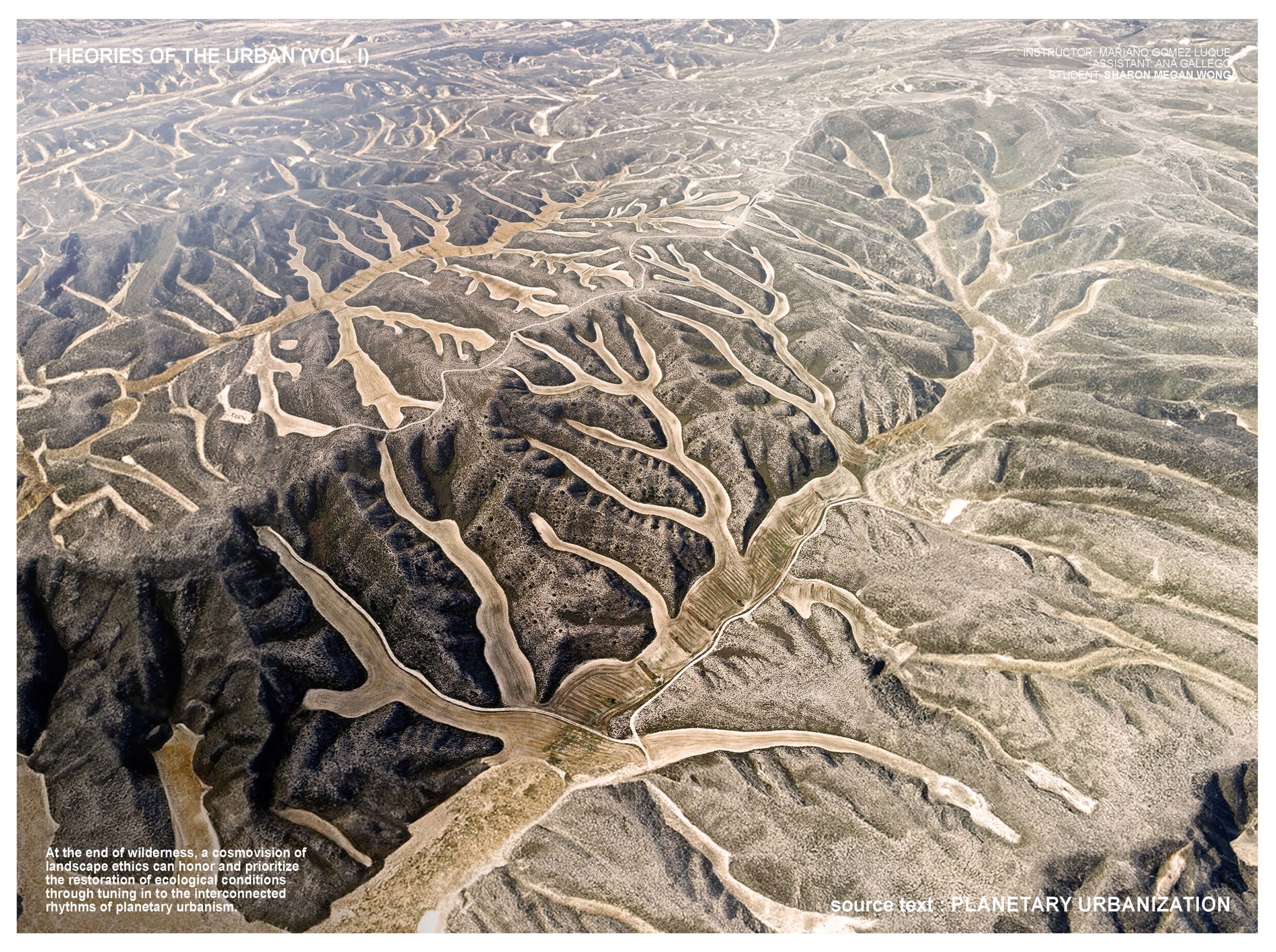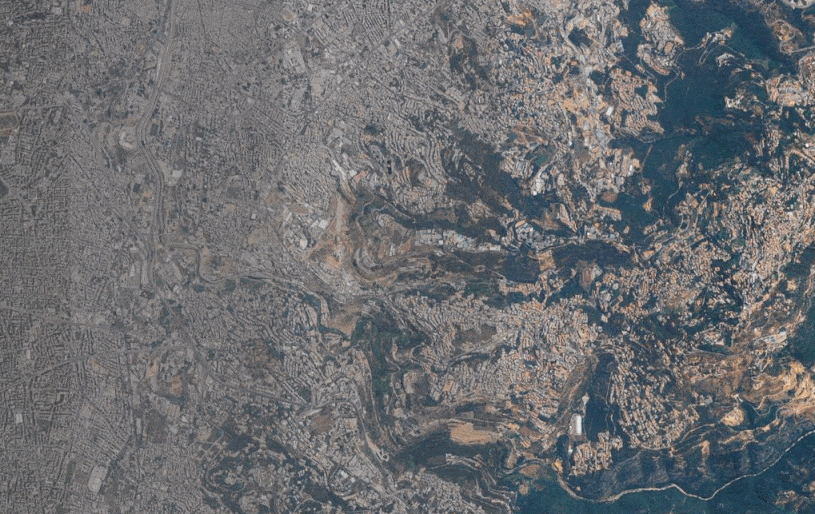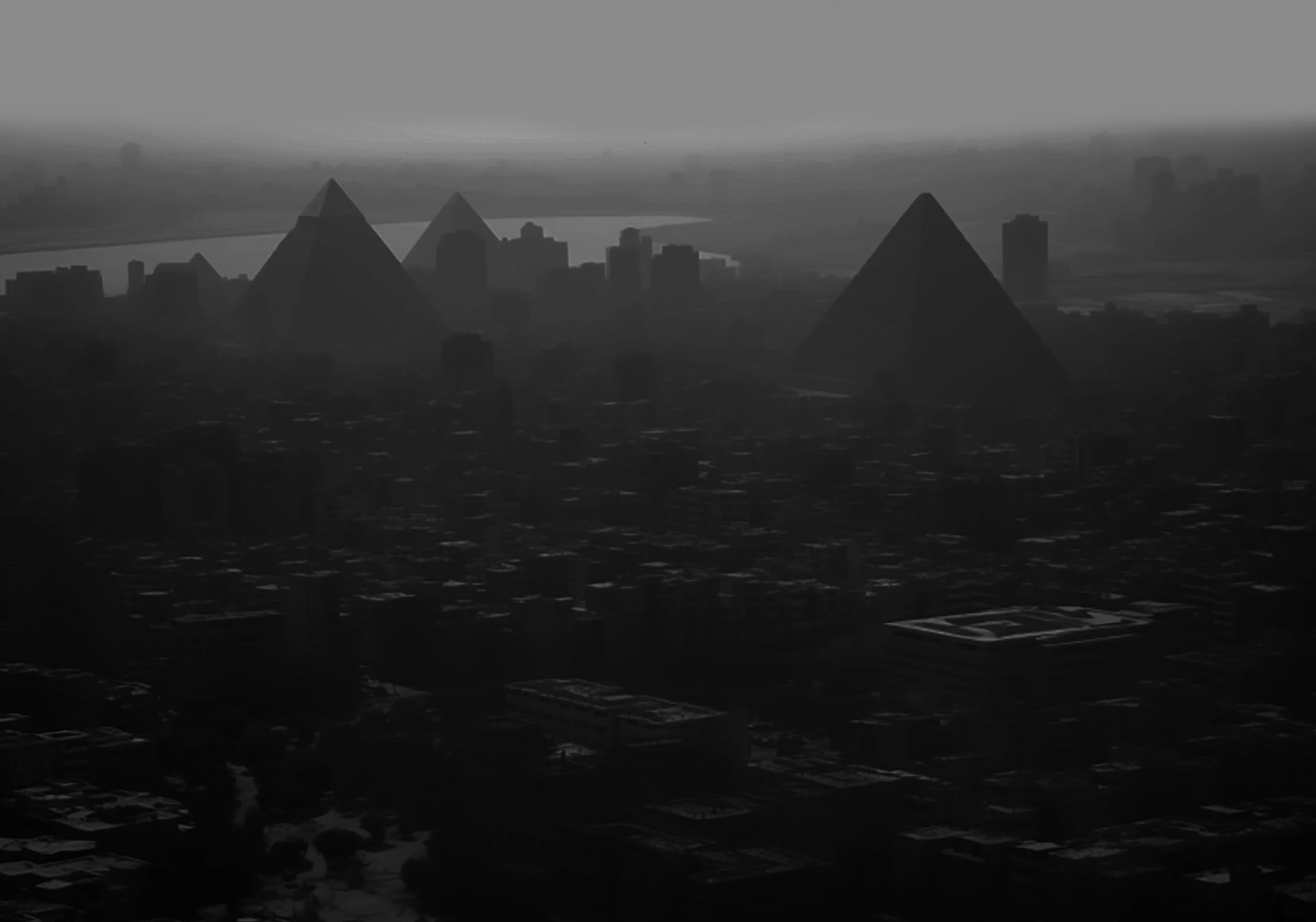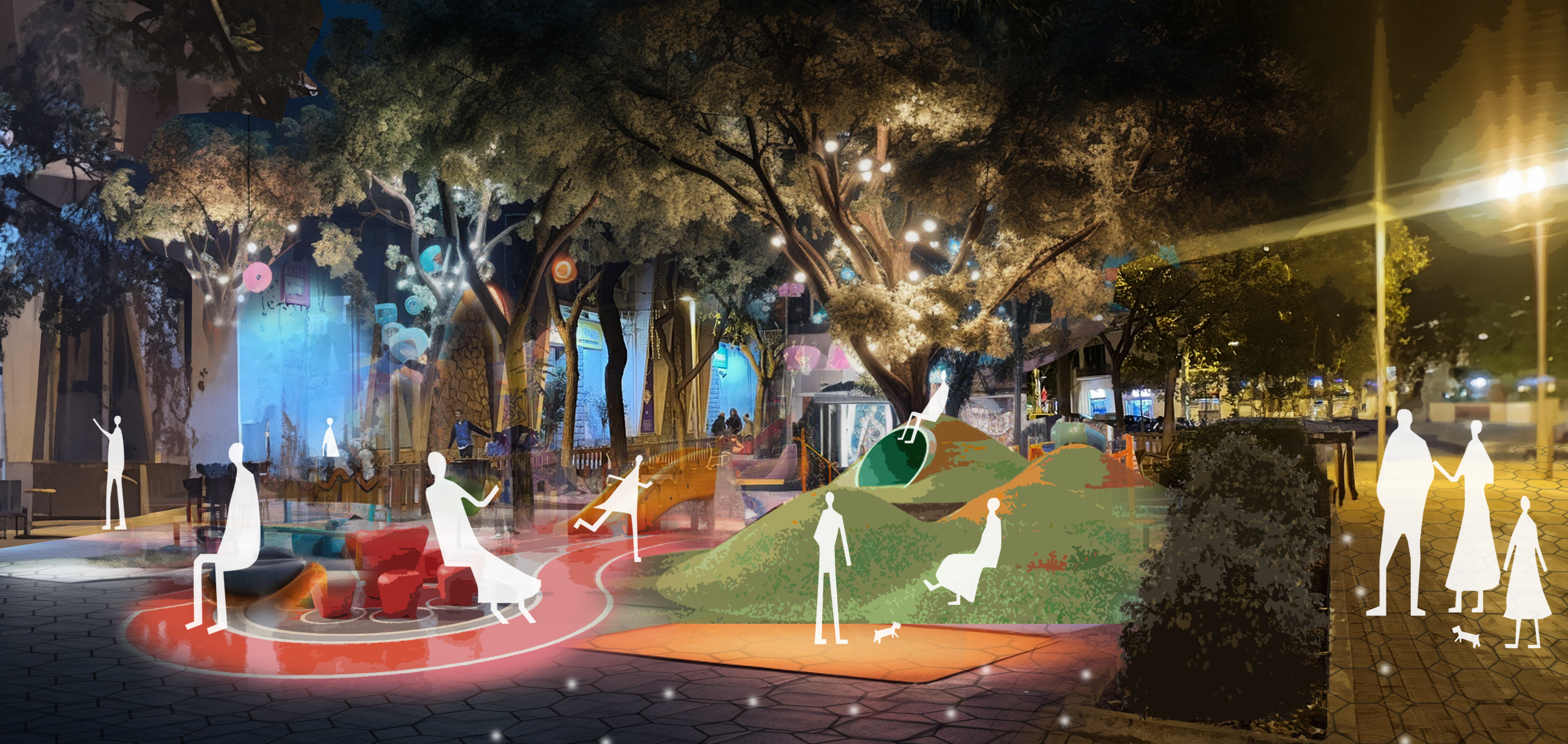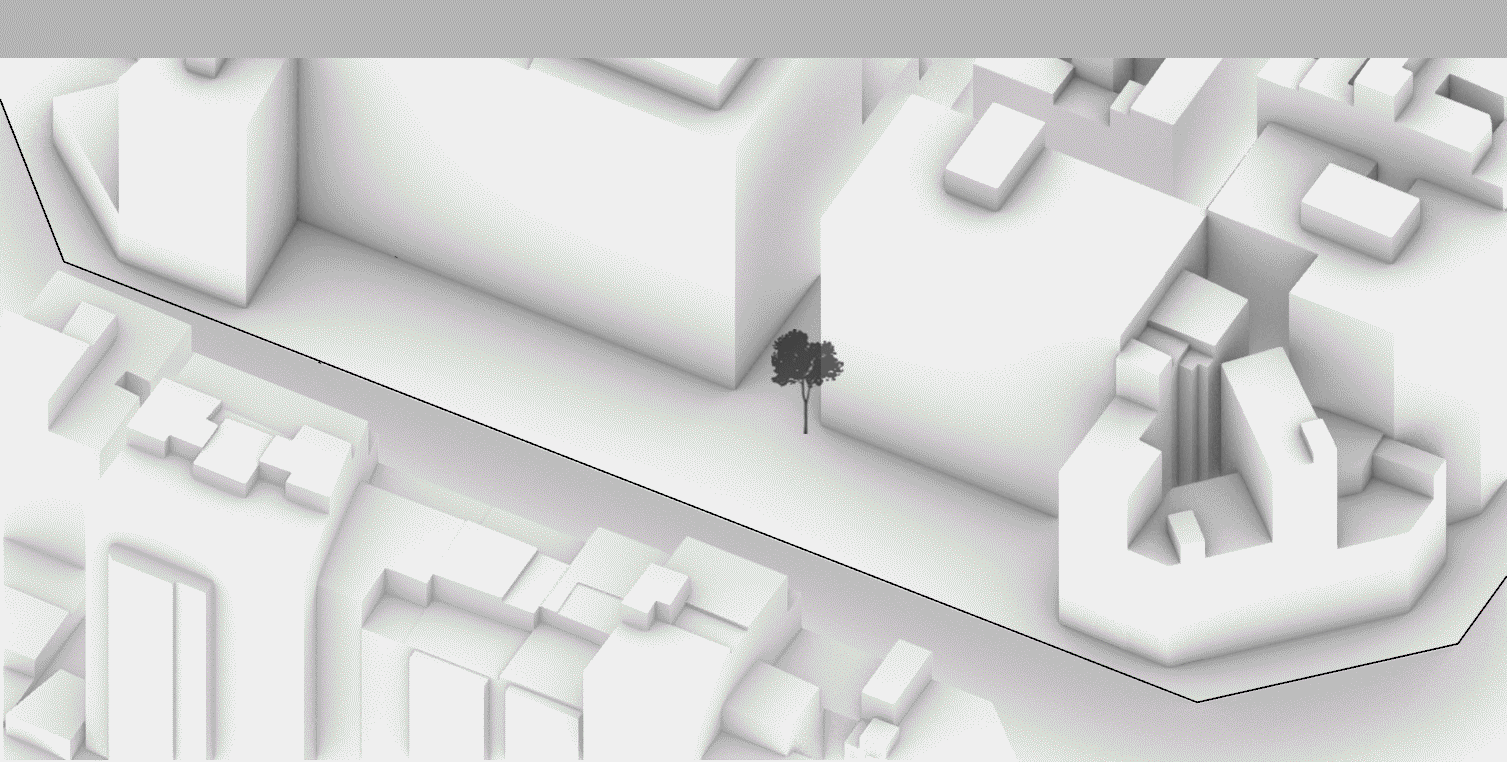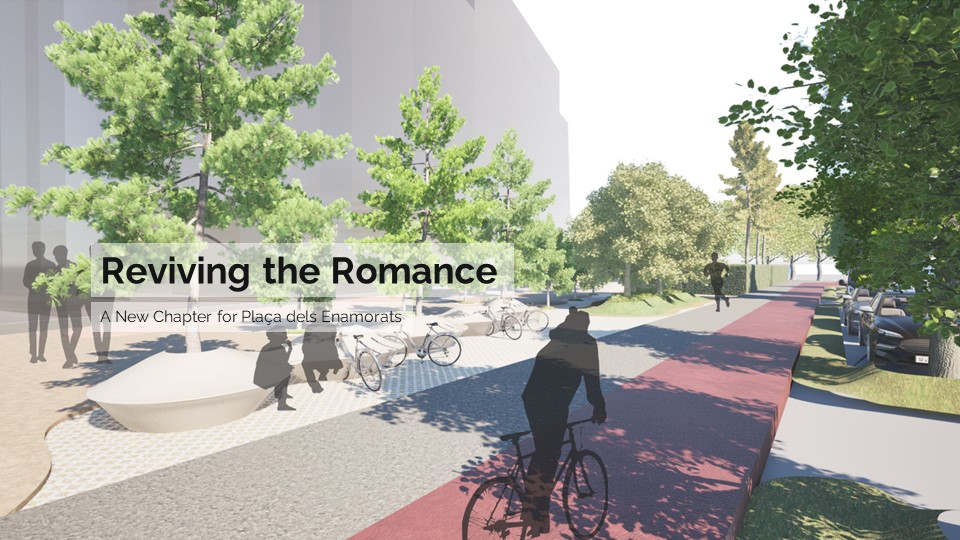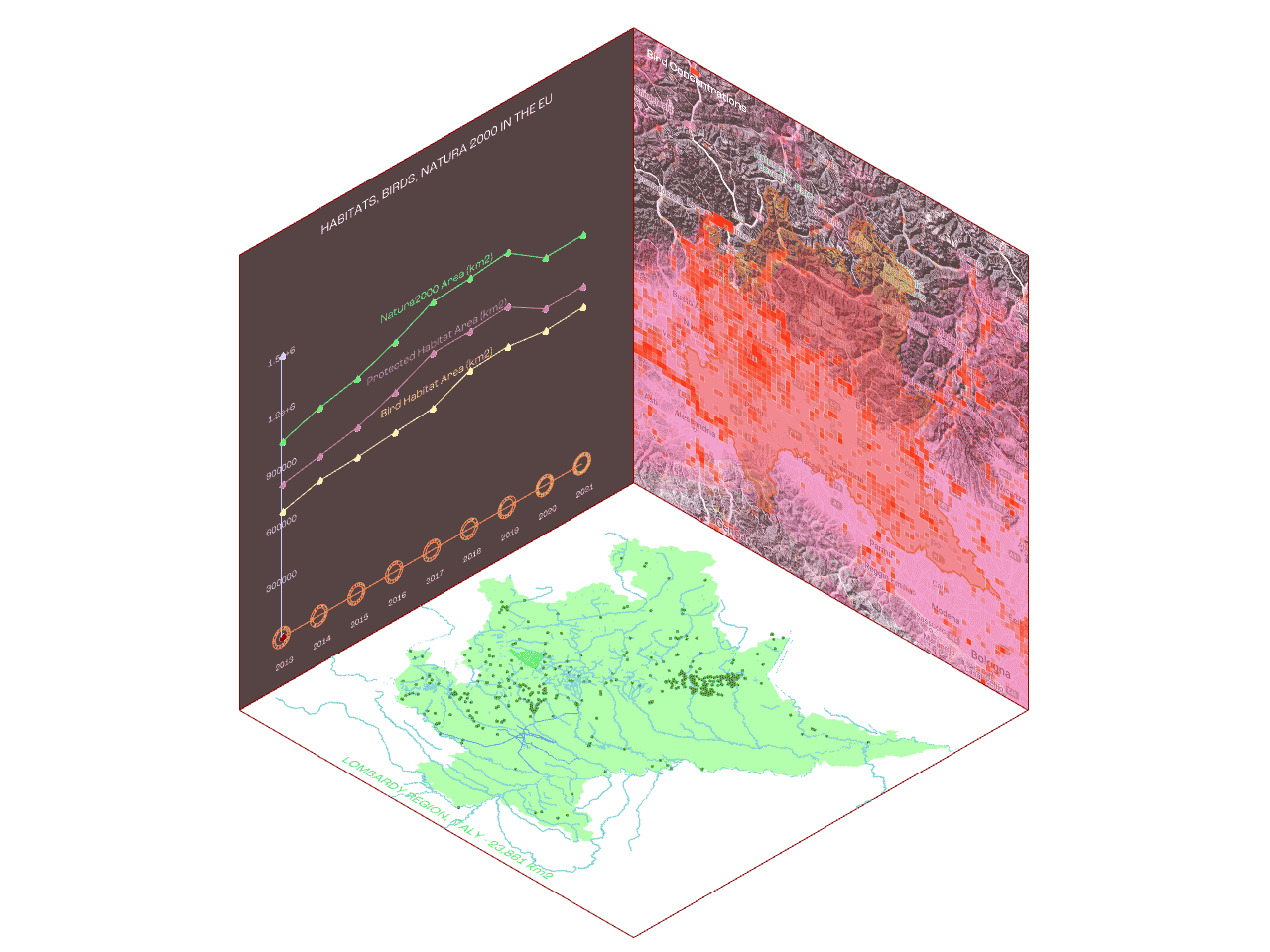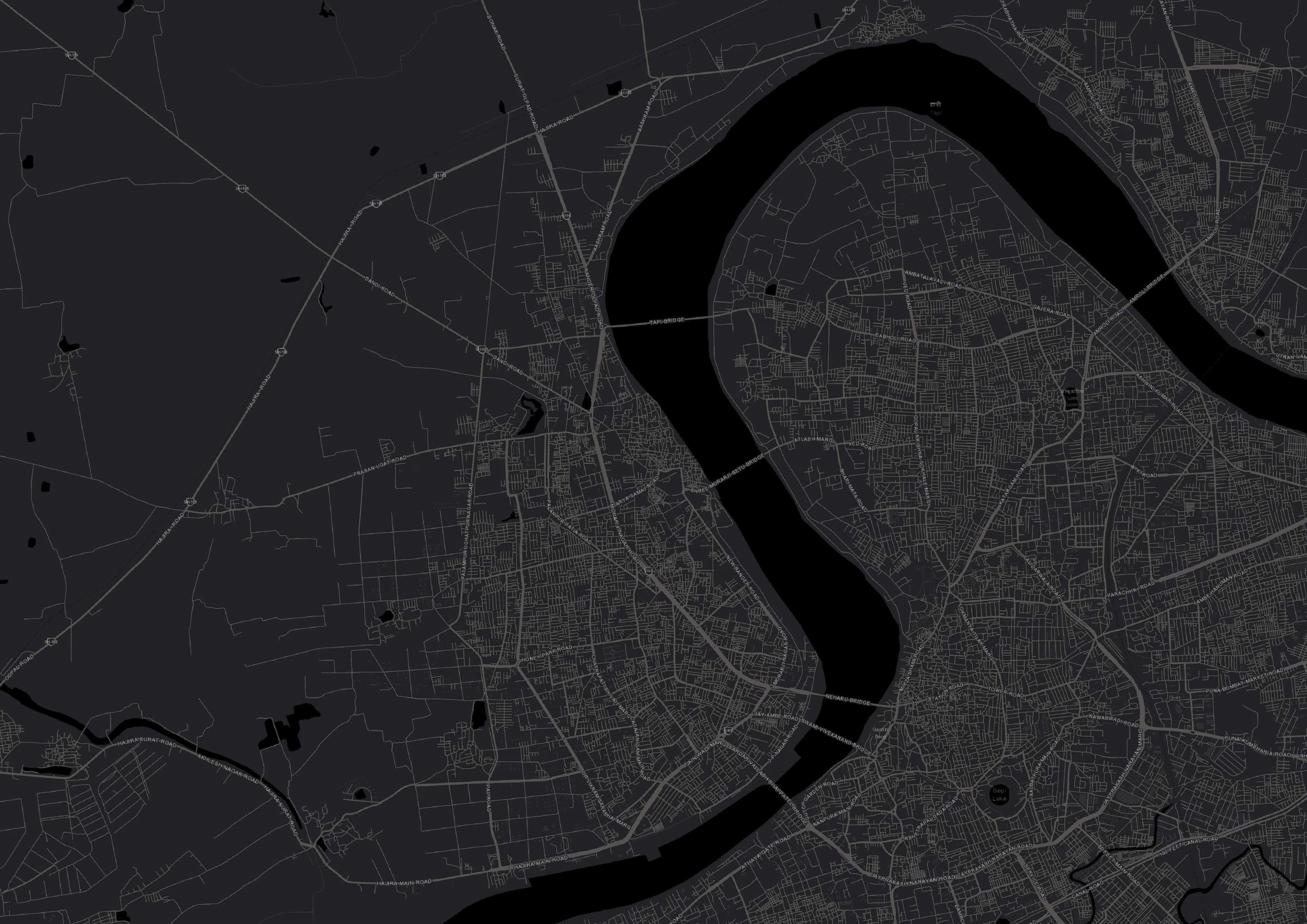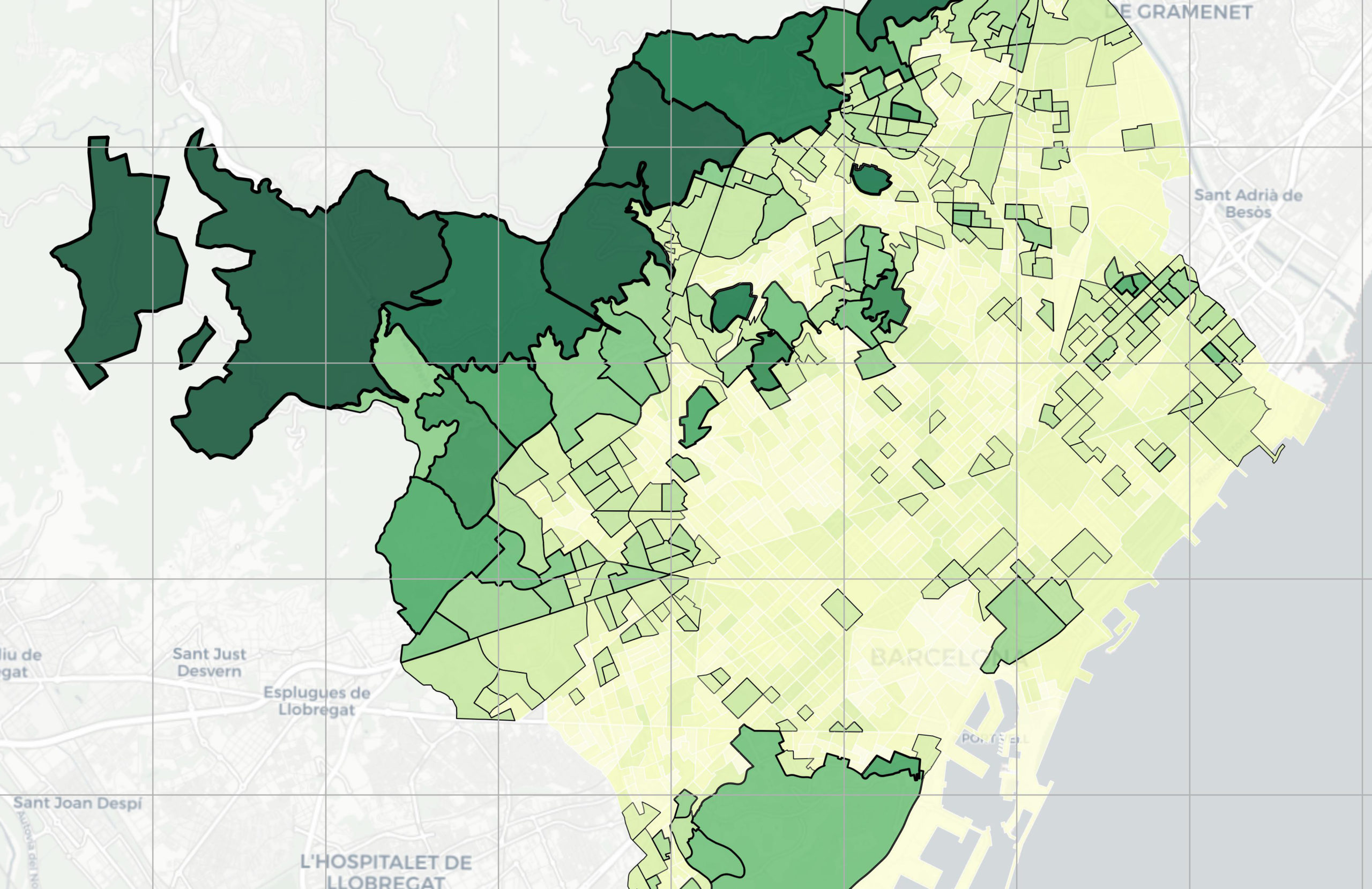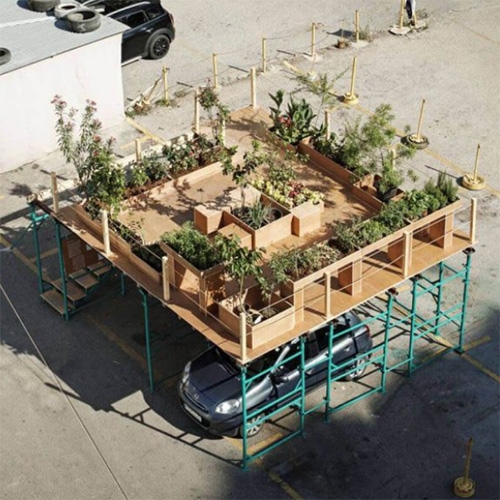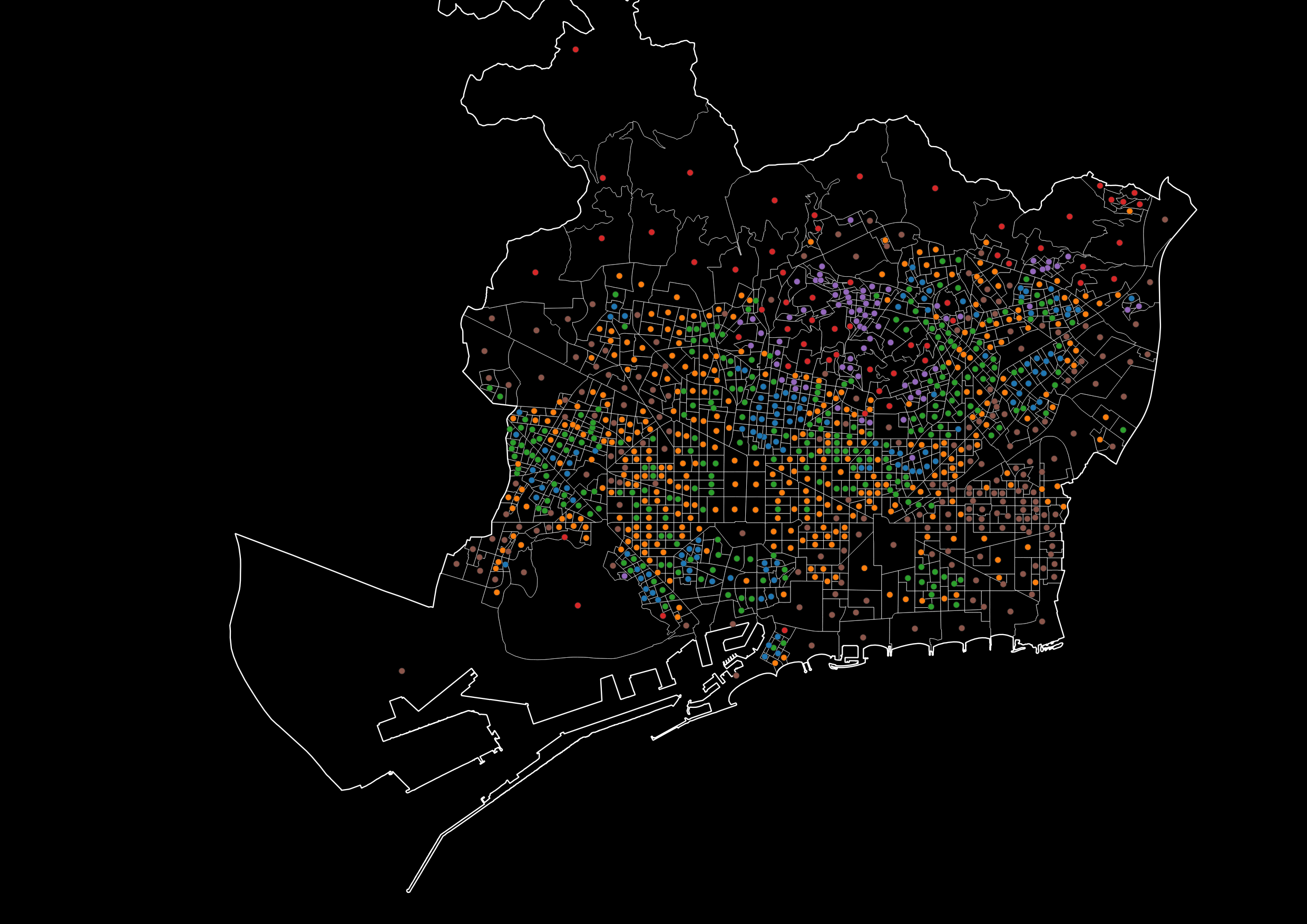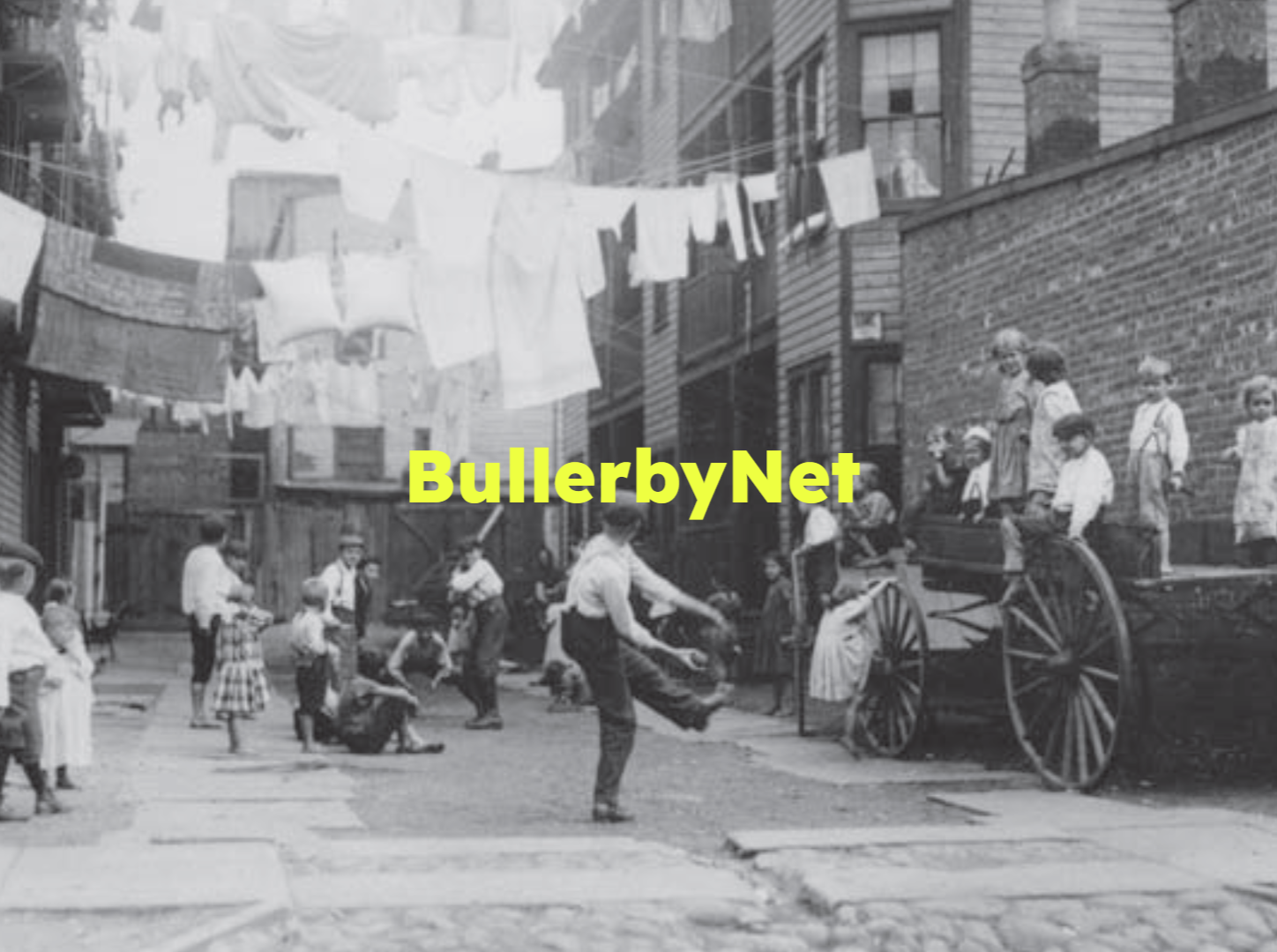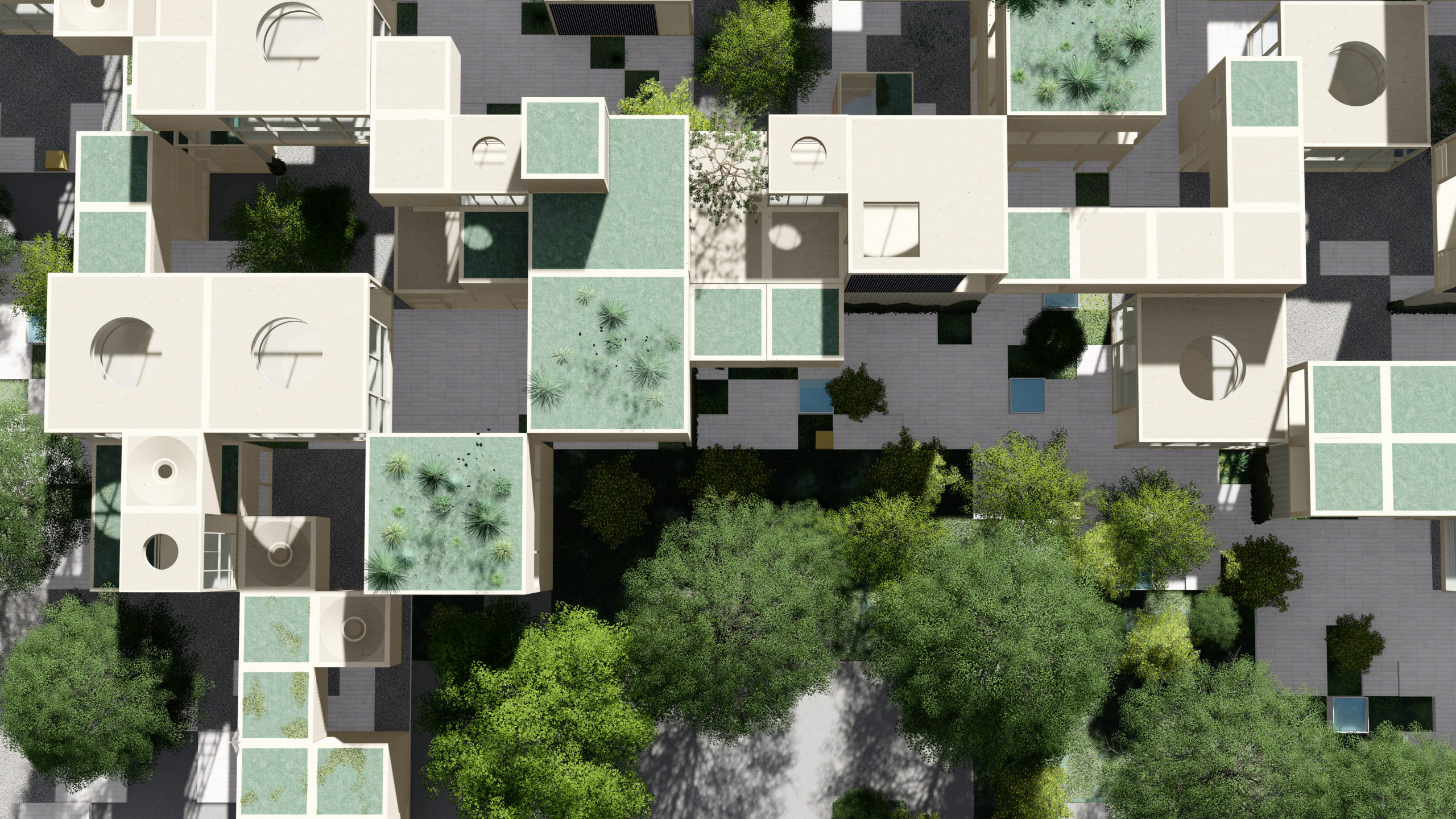IAAC’s Master in City & Technology (1 or 2-year program) is a unique program oriented towards redefining the analysis, planning, and design of twenty-first-century cities and beyond. The program offers expertise in the design of digitally enhanced, ecological and human-centered urban environments by intersecting the disciplines of urbanism and data science. Taking place in Barcelona, the capital of urbanism, the Master in City & Technology is training the professionals that city administrations, governments, industries, and communities need, to transform the urban environment in the era of big data.
Decoding Critical Urban Theory
Harnessing AI to deconstruct text to visuals Introduction Welcome to our exploration of urban theory, where we decipher the complexity of urban theory through the lens of imagery and aphorisms. We—three students with diverse perspectives—have delved into the intricate narratives and critical readings to let us translate them to critical urban thinking. This blog post … Read more
What is Critical Urban Theory?
LighTopia: Light up community space with participatory design
LighTopia, a transformative project where the community plays a pivotal role in shaping their public space through the lens of participatory design. In this immersive journey, we invite you to explore our comprehensive methodology, emphasizing collaboration, empathy, and the dynamic synergy between community insights and innovative design. 1. Site Context and Data Analysis: Our journey … Read more
An Encounter with a Passage
1. Introduction In the exploration of urban design and its impact on community well-being, “An Encounter with a Passage” delves into the heart of participatory design. This project revolves around the central question of integrating green spaces in urban settings, not just as an aesthetic feature but as a core element of community identity and … Read more
Reviving the Romance – A New Chapter for Plaça dels Enamorats
The aim of the project was to redesign the Placa dels Enamorats and achieve the desired objectives: To identify challenges as well as positive aspects on the site, but also have a framework on which to base any design decision, several methods for gathering data were used. These methods allowed us to capture the essence … Read more
Navigating GeoPandas and the Digital Wilderness
“Start the machine” …was the first operation in mind when asked to perform a task with Python script. One of the motivations to learn Python as an urban designer is to organize geospatial data with accuracy and legibility. Before we dive into the digital wilderness, of data trees and data frames, it’s important to note … Read more
Sprouting Habitats
Introduction The project “Sprouting Habitats” investigates the impact of ecological conservation sites, particularly in the context of waterbirds. As most living organisms on earth, birds heavily rely on water and its associated habitats, such as wetlands, to support crucial phases of their life cycle, including migration, breeding, and wintering. Unfortunately, human activities like intensive agriculture, … Read more
Environmental Asset Resilience
The Environmental Asset Resilience (EAR) Tool is a response to the pressing global challenge of environmental instability, particularly in urban areas. These areas face substantial costs associated with environmental problems and climate change. However, decision-making in addressing these issues is complicated by conflicting priorities, limited resources, and a lack of expertise. The EAR Project aims … Read more
The 3-30-300 Rule
TRANSFORMING CITIES INTO URBAN FORESTS This principle, proposed by Cecil Konijnendijk, highlights the significant role played by urban forests and other forms of urban nature in promoting our health, well-being, and resilience to climate change. It acknowledges the need to consider various aspects of urban forests to achieve success. It also emphasizes the importance of … Read more
Punta Vagno
Punta Vagno! was developed by Kriti Bhavesh Nirmal, Maddalena Caviglia, Noé Guérin, Sophie Köcher-Schulz, Maria Augusta Kroetz, Étienne Lajoie-Asselin, Joshua Mingers, Marta Pianta, with the support of trainers from the Vienna University of Economics and Business, the Institute for Advanced Architecture of Catalonia, the University of Genoa and ALDA, during the Green Skills for Cities … Read more
GREENWAVE
SUSTAINABLE DESIGN FOR CIRCULAR CO-PRODUCTION OF ECOLOGICAL SERVICES. GREENWAVE was developed by Ben Bello, Can Xu, Erum Khaled, Manuel Beca, Lucia Mack, Parshav Sheth, Zerihun Tassano, with the support of trainers from the Vienna University of Economics and Business, the Institute for Advanced Architecture of Catalonia, the University of Genoa and ALDA, during the Green … Read more
BullerbyNet
The Core challenges of urban childhood As cities grow and develop, there is often a lack of safe and child-friendly spaces for children to play, walk or bike alone. The increase in traffic and air pollution makes it challenging and unsafe for children to travel on foot or by bicycle. Crime and social fear also … Read more
Meteo sanctum
The project reflects on how people in ancient times defined natural and weather phenomena. The proposal is to create an open public space – Inspired by the concept of an ancient sanctuary with places that used to be built for worship and predictions of weather conditions, the Meteo Sanctum consists of digital indicators that allow … Read more
Bio-Digital Paths
“Bio-Digital Path” is a computational model of modular public spaces generated from emerging public movements within the existing urban fabric of Barcelona. Global challenges consist of both environmental threats, but also social challenges and this project suggests that planners and architects actually have the tools to construct the public space not as a separate but … Read more

